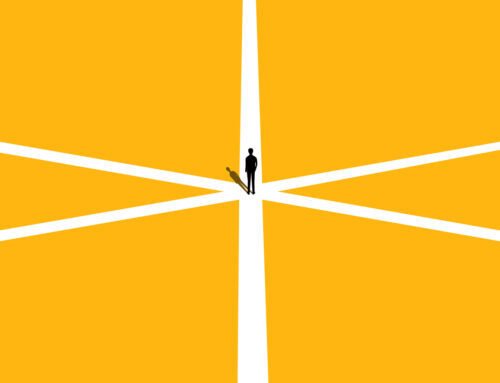By Samantha Congdon, LMFT
By now we are all familiar with the term social distancing. As adults, we understand why we must stay inside, but for kids this pandemic lifestyle may not make sense. Families play a big role in helping slow down the pandemic, so let’s talk tips to help our children understand why social distancing is necessary.
Children, just as much as adults, want to know when things are going to go back to the way they were. Clear communication is essential in all aspects of life, but especially now. Kids Health states “social distancing is the official phrase, but it may be helpful to describe it to a child as physical distancing,” instead. Social distancing may be sending the wrong message, that one must not be around people at all, when in fact it is really about the physical distance you are from one person to another to avoid transmission of the coronavirus that is important. To a child, the phrase social distancing may increase loneliness. Educating kids on the importance of being physically 6 feet from another person sends a clearer message that you can still see people, but at a distance. Reassure your child that we can still be social, just in different ways.
Children need to be social to support their social-emotional development and strengthen their social-emotional skills. National Geographic wrote an article titled, “How to keep kids social during a time of social distancing,” and shared some tricks to finding creative ways to socialize from a distance, including going outside, taking a walk, going for a hike, playing in your yard and waving to your neighbor. Some neighborhoods are creating safe social distancing scavenger hunts, making a list of things kids can find from afar, such as a cat in a window, a wreath on a door, and a flag with a flower.
Other safe ways to social distance are to engage virtually. If you have access to a smartphone, tablet or computer there are an abundance of free resources to keep your kids entertained and connected. For instance, National Geographic shares virtual activities to get your kids and their friends dancing together using free apps like GoNoodle. Try starting a video chat with your child’s friends and have them dance together. The sky is the limit with online art classes, Zoom movie nights, and virtual field trips. The Monterey Bay Aquarium, San Diego Zoo and the Cincinnati Zoo are all places making it accessible to get connected with daily “home safaris” on their Facebook live feed.
Social distancing is challenging. We are having to change our lifestyles and adapt our routines, which at times may feel defeating. But remember, this is also an opportunity for children to learn soft skills, such as patience, resilience, communication, conflict-resolution, compromise, creative thinking, empathy, and mindfulness (news.yahoo.com). Don’t nix the social part of social distancing. There are many creative, fun, and free ways to increase your child’s socialization during COVID19.
Here are some fun art activities to do at home with your kids: https://www.thetot.com/front-page/10-activities-to-keep-your-kids-tame-while-social-distancing/
References:
Bebernes, M. How Are Kids Affected By Social Distancing? April, 14, 2020. Yahoo News. https://news.yahoo.com/how-are-kids-affected-by-social-distancing-coronavirus-205329309.html
Kiffel-Alchen, J. How To Keep Kids Social During A Time of Social Distancing. April, 2, 2020. National Geographic. https://www.nationalgeographic.com/family/in-the-news/coronavirus/kids-social-during-distancing/
Miller, J. Coronavirus (COVID-19): Social Distancing With Children. April, 2020. Kids Health. https://kidshealth.org/en/parents/coronavirus-social-distancing.html
What’s The Difference Between Physical Distancing and Social Distancing? April, 8, 2020. Geisinger. https://www.geisinger.org/health-and-wellness/wellness-articles/2020/04/08/13/47/social-distancing-vs-physical-distancing






